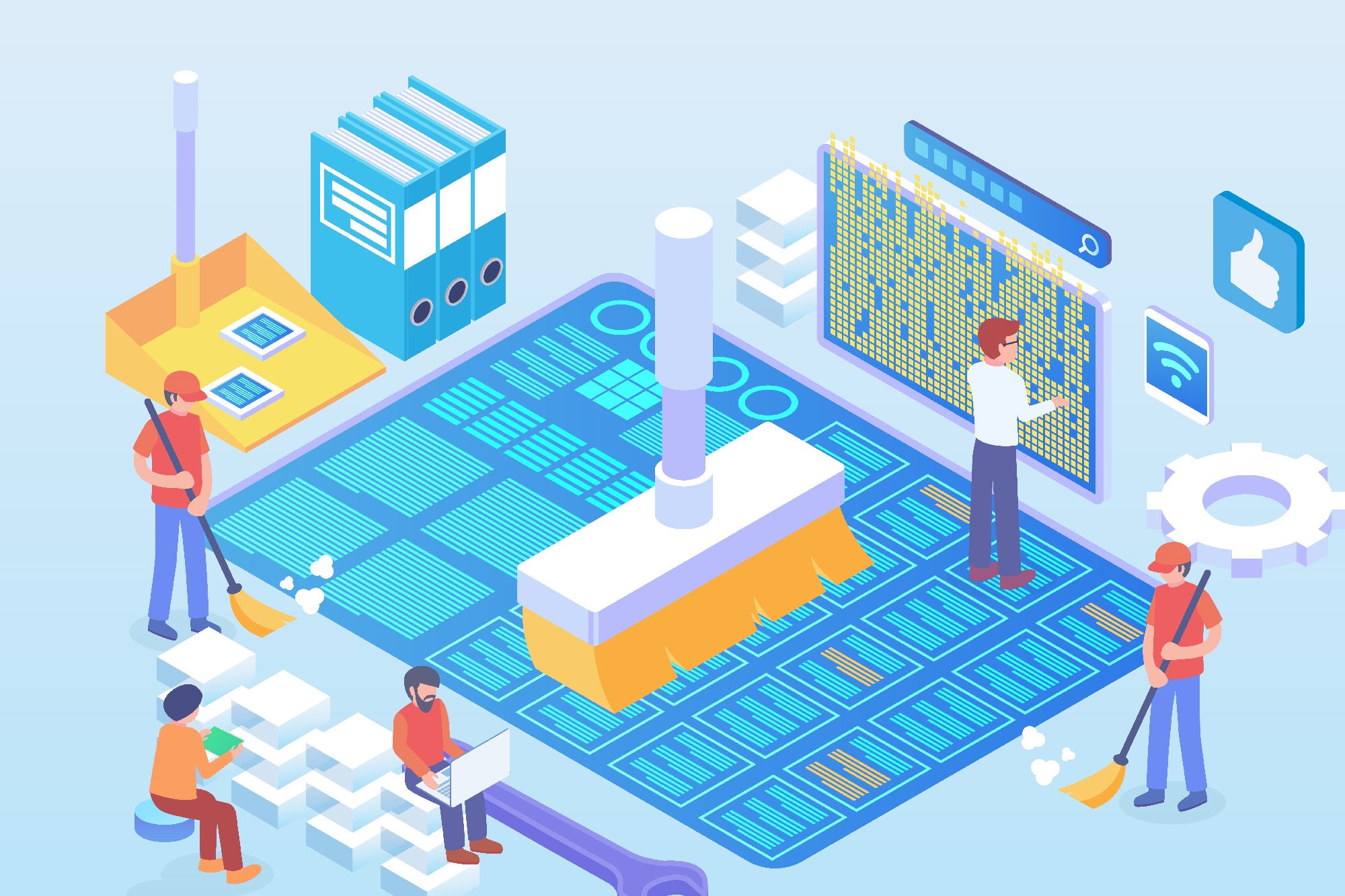Our CEO Keith McMurtrie recently told PrintWeek, that in order to create a competitive edge, “we need to become data-led businesses that really make use of the information that’s stored in the software we use”.
The first step in achieving this, is to make sure that the data we keep in our software is accurate, relevant and up to date.

That’s why it’s important to regularly review the data in your print MIS software and correct, update or remove it. By committing to these regular reviews, your employees will have an easier time finding the information they need, and you’ll have more valuable business data to help you make better decisions.
Say goodbye to the classic *DO NOT USE* label and hello to an organized and optimized MIS!
Here are 5 areas we suggest reviewing:
1. Review users and access rights
We recommend regularly reviewing the users you have set up within your software and deleting people if they leave - removing unnecessary data makes it easier to find the data you’re looking for. Believe it or not, we often see installations with user accounts for people that left the business years ago!
You should also take time to review access rights and make sure that everybody has the correct permission they need to carry out their job. If they don’t, this could cause bottlenecks further down the workflow.
To make managing access rights simpler, consider creating User Groups. User Groups are a collection of access rights that can be applied to multiple users. For example, you could have system permissions for your ‘Estimators’ that differ from your ‘Senior Estimators’ who might also have the ability to change rates within the system. This way, you can be confident that everyone has the access rights they need to do their job properly.
2. Keep operator pay rates up to date
Review the pay rates for each of your production operators to make sure the labor costs are accurate when creating estimates.
3. Update cost centers and run speeds
Check the list of production equipment stored in your MIS to make sure you have all your current equipment listed. Then review your run speeds and cost rates to make sure they’re still up to date.
It’s also important to remove any equipment that you don’t have any more. This will stop anyone quoting for a job produced on that equipment (it happens!).
4. Review your Product types
You should also regularly review the Product types you have configured in your system. A misconfigured product will lead to inaccurate estimates, meaning you could be losing money on a job.
5. Complete estimates, jobs, orders and tasks
Closing down items in your MIS will ensure your reporting and management information is accurate and up to date. To do this you can use filtered lists to highlight items that should have been closed off, but haven’t, including: Estimates, Jobs, Shipping Notes, Sales/Purchase Orders, Sales/Purchase Invoices, Tasks.
The benefits of cleansing your data
By dedicating time to cleansing your data, you’ll see major benefits for your business, including…
- More accurate analysis and reporting
- Improved customer experience
- Higher value insight into potential business opportunities
- Decreased waste and increased revenue
- Better compliance with data protection and GDPR laws
- Increased productivity
The print businesses that are leading the way are those data-led businesses who are using clean data to guide important decisions. If this article has inspired you to organize a spring-clean and you’d like some more advice, get in touch and chat to our experts!